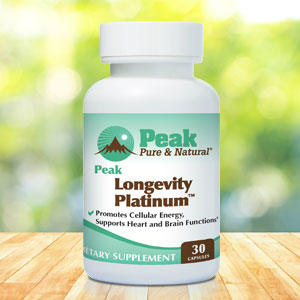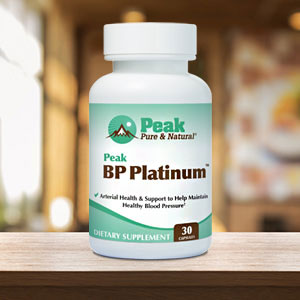Get Easy Health Digest™ in your inbox and don’t miss a thing when you subscribe today. Plus, get the free bonus report, Mother Nature’s Tips, Tricks and Remedies for Cholesterol, Blood Pressure & Blood Sugar as my way of saying welcome to the community!
The ‘invisible’ chemical increasing Parkinson’s diagnoses

If you’ve read my posts here before, you know how strongly I feel about chemicals in our everyday lives that silently poison us and cause life-threatening and life-limiting diseases.
You may also have read that my father had Parkinson’s disease, so I’ve witnessed firsthand what it can do to a person.
Well, I’m now looking at research pointing to another widely used chemical, also one you probably don’t even know you’re interacting with, that sends the risk for Parkinson’s disease sky-high for all of us…
The degreaser we’ve been drinking for years
Trichloroethylene (TCE) has been used for at least 100 years and is still in use, despite long-standing evidence of its easy spread and connection to disease.
TCE was widely used as a solvent in industrial, consumer, medical and military settings. Its use peaked in the 1970s when two pounds per American were manufactured annually and used to remove paint, correct typing mistakes, clean engines and anesthetize patients.
And, until the 1970s, it was even used in the process to decaffeinate coffee.
Currently, it remains popular as a solvent for degreasing metal parts and is used in the manufacture of a variety of products, including wood finishes, adhesives, and paint and stain removers. It’s also still the primary solvent used to dry clean fabrics in the U.S.
But the most likely way you’d be exposed to TCE without knowing is through your tap water. TCE breaks down more readily in air, so in soil, it can easily pass through to groundwater, which then becomes the water that comes out of your tap and may be used for drinking and cooking.
Over the last fifty years or so, research in mice has demonstrated how easily TCE enters both the brain and body tissue…
Recent research and recommendations
At high doses, TCE damages our mitochondria, the energy-producing part of our cells.
A 2008 study established a strong connection between TCE and Parkinson’s. TCE causes the loss of nerve cells whose job it is to produce dopamine. The loss of these dopamine-producing cells is a hallmark of Parkinson’s disease.
In addition, a small epidemiological study found that occupational or hobby exposure to the solvent was associated with a 500% increased risk of developing Parkinson’s.
In a hypothesis paper in the Journal of Parkinson’s Disease, an international team of researchers asserts that TCE may be an “invisible cause” of the rise in the number of Parkinson’s disease cases seen in the United States.
A 2022 study backed by the Parkinson’s Foundation showed that nearly 90,000 people are diagnosed with Parkinson’s in the U.S. each year, a 50 percent increase from the previous estimate of 60,000 diagnoses annually.
The authors of the hypothesis paper recommend several steps be taken:
- Use of vapor remediation systems similar to those used to eliminate radon
- More research is needed to better understand how TCE contributes to Parkinson’s
- Closer monitoring of groundwater, drinking water, soil and outdoor and indoor air
- Ultimately, a ban on the use of TCE in the United States
How to protect yourself from TCE
As long as TCE is still in use, you’ll want to know how to protect yourself.
The federal government has established the safe drinking water standard (also called maximum contaminant level (MCL)) for trichloroethylene as 5 ppb. Local municipalities frequently test their drinking water for impurities to ensure it meets EPA guidelines.
If your water is supplied from a well, have it tested. Testing of a private water supply is the responsibility of the property owner. The most effective way to reduce the amount of TCE in drinking water to at least the MCL is to use a granular activated carbon filter.
Editor’s note: Did you know that when you take your body from acid to alkaline you can boost your energy, lose weight, soothe digestion, avoid illness and achieve wellness? Click here to discover The Alkaline Secret to Ultimate Vitality and revive your life today!
Sources:
Hidden Danger in Your Groundwater? Widely Used Chemical Linked to 500% Increased Risk of Parkinson’s — Neuroscience News
Trichloroethylene: An Invisible Cause of Parkinson’s Disease? — Journal of Parkinson’s Disease
Trichloroethylene (TCE) Is A Risk Factor For Parkinsonism, Study Shows — Science Daily
Statistics — Parkinson’s Foundation














